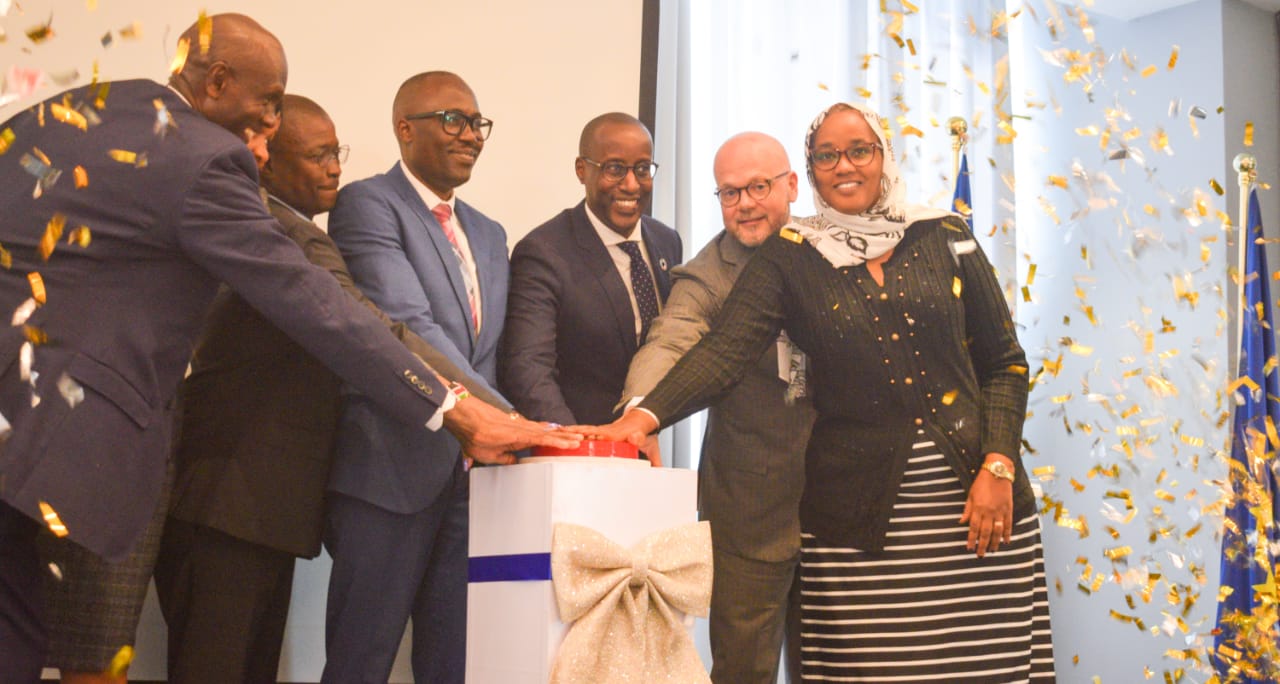
Close to $7 trillion is invested globally each year in activities that have a direct negative impact on nature from both public and private sector sources, equivalent to roughly 7 percent of global Gross Domestic Product (GDP), according to the latest State of Finance for Nature report released today at COP28 by the UN Environment Programme (UNEP) and partners.
The report finds that in 2022, investments in nature-based solutions totaled approximately $200 billion, but finance flows to activities directly harming nature were more than 30 times larger. It exposes a concerning disparity between the finance volumes for nature-based solutions and nature-negative finance flows and underscores the urgency to address the interconnected crises of climate change, biodiversity loss, and land degradation.
“Nature-based solutions are dramatically underfunded. Annual nature-negative investments are over 30 times larger than financing for nature-based solutions that promote a stable climate and healthy land and nature. To have any chance of meeting the sustainable development goals, these numbers must be flipped, with true custodians of the land, such as Indigenous Peoples, among the chief beneficiaries,” said Inger Andersen, Executive Director of UNEP.
The findings are based on an analysis of global financial flows, revealing that private nature-negative finance flows amount to US$5 trillion annually, 140 times larger than the US$35 billion of private investments in nature-based solutions. The five industries channeling most of the negative financial flows—construction, electric utilities, real estate, oil and gas, and food and tobacco—represent 16 percent of overall investment flows in the economy but 43 percent of nature-negative flows associated with the destruction of forests, wetlands, and other natural habitats.
Niki Mardas, Executive Director of Global Canopy, said, “This year’s report is a stark reminder that continuing with “business as usual” poses a severe threat to our planet, reinforcing the urgent need for a transition to sustainable business practices and to stop the financing of nature destruction. The net is tightening, and with increased regulatory pressure in key areas like tackling deforestation, it means that those companies and financial institutions still driving the problem now need to make the best use of the excellent data, guidance, and frameworks already available to commit to a nature-positive future urgently.”
Government spending on environmentally harmful subsidies in four sectors—agriculture, fossil fuels, fisheries, and forestry—is estimated at US$1.7 trillion in 2022. As leaders gather in Dubai this week, reforming and repurposing environmentally harmful subsidies, particularly for fossil fuels and agriculture, will be critical. Fossil fuel subsidies to consumers alone doubled from US$563 billion in 2021 to US$1.163 billion in 2022.
The finance gap persists
The report identifies a significant financing gap for nature-based solutions, with only US$200 billion allocated in 2022, led by governments, which contributed 82 percent (US$165 billion), while private finance remains modest at US$35 billion (18 percent of total nature-based solutions finance flows). To meet the Rio Convention targets on limiting climate change to 1.5C, as well as the Global Biodiversity Framework target to set aside 30 percent of land and sea by 2030 and achieve land degradation neutrality, finance flows to nature-based solutions must almost triple from current levels (US$200 billion) to reach US$542 billion per year by 2030 and quadruple to US$737 billion by 2050.
Both public funding and private investment need to increase dramatically, in conjunction with the re-alignment of financial flows that have a detrimental impact on nature. While public funding will continue to play a critical role, private finance can potentially increase its share of nature-based finance from 18 percent currently to 33 percent by 2050.
“The widespread degradation of nature is not only exacerbating the climate crisis but also pushing us towards exceeding planetary boundaries. Investing in nature-based solutions provides a strategic and cost-effective avenue to address the interconnected challenges of climate change, biodiversity loss, and land degradation while at the same time making tangible headway towards the sustainable development goals,” said Jochen Flasbarth, State Secretary in the German Federal Ministry for Economic Cooperation and Development, which funded the report.
Nature-based solutions provide critical investment opportunities, as they are cost-effective and provide multiple benefits. Investment opportunities in sustainable land management can increase fourfold by 2050 based on the long-term profitability of sustainable food and commodity production, which is critical to catalyzing private investment.
Protection of diverse ecosystems is highly cost-effective, representing 80 percent of the additional land needed for nature-based solutions while absorbing just 20 percent of additional nature-based solutions financing by 2030. Given the scale of degradation globally, restoration provides massive opportunities to strengthen ecosystem function and resilience to deliver the ecosystem services that people rely so heavily upon.
Urgent action on two fronts: repurposing negative finance in nature and scaling investment in nature.
The report suggests that simply doubling or tripling investment in nature-based solutions will not be sufficient to reach the three Rio targets unless the almost $7 trillion in financial flows to nature-negative practices are dramatically reduced and ideally repurposed in favour of nature.
A major turnaround for nature is needed. The financial sector and businesses must not only increase investments in nature-based solutions but also implement incentives to redirect finance away from harmful activities, fostering positive outcomes for nature. Government policies play a crucial role in creating an enabling environment for nurturing investment opportunities.
Notably, investment prospects in nature-based solutions are flourishing, driven by the overhaul of global sectors such as food, extractives, real estate, and infrastructure—major contributors to nature’s decline. These opportunities rival those arising from the climate crisis, presenting a pivotal moment for impactful change.














